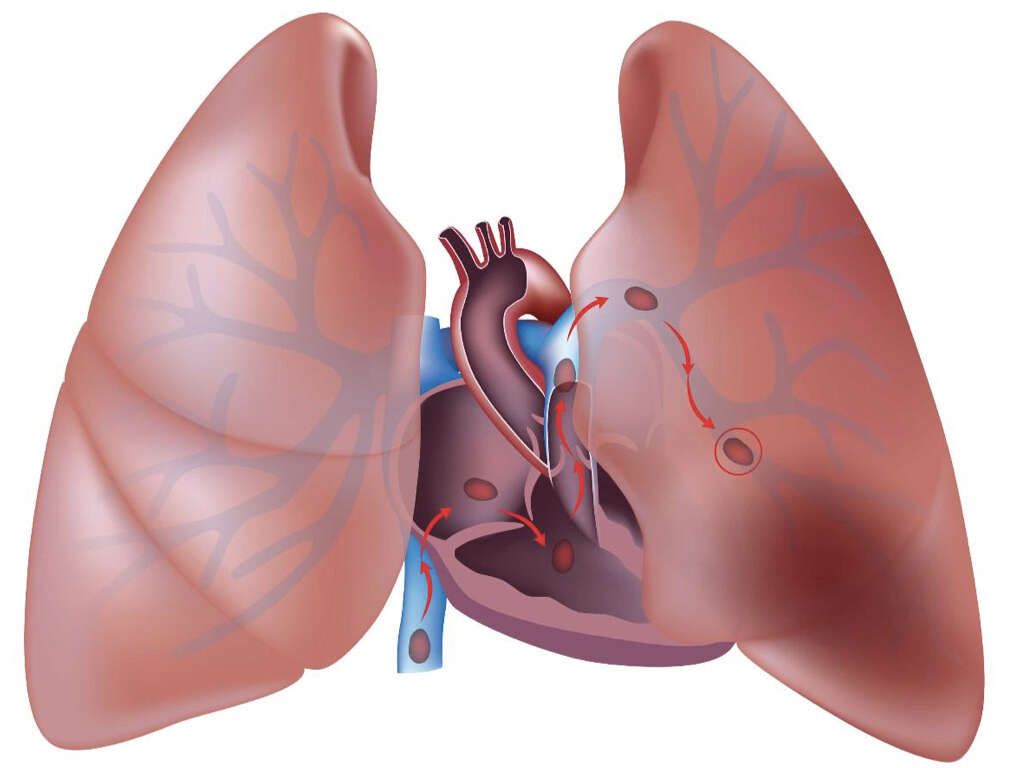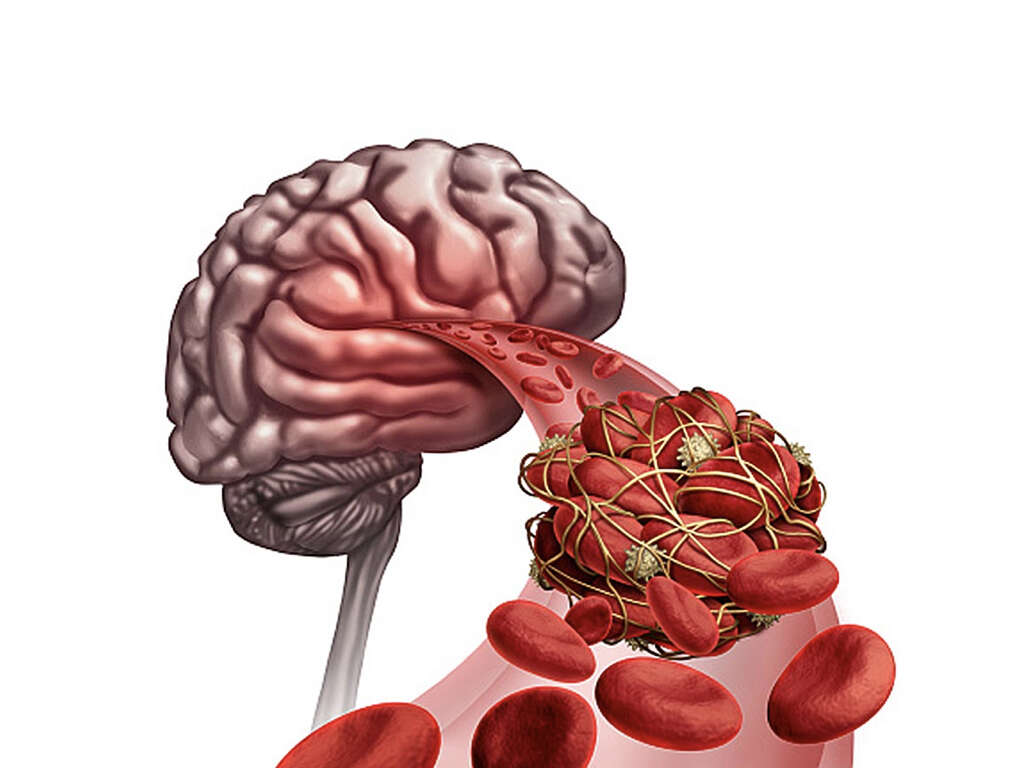What Is a Pulmonary Embolism?
6. Approach to Diagnosis
Since the signs and symptoms for pulmonary embolism are nonspecific, those suspected of a pulmonary embolism should undergo diagnostic tests until the diagnosis is achieved, eliminated, or an alternate diagnosis confirmed.
Routine laboratory tests are also nonspecific and are generally not helpful in the diagnosis of pulmonary embolism. Screening for conditions such as protein S deficiency, antithrombin III deficiency, protein C deficiency, homocystinuria, occult neoplasm, lupus anticoagulant, and connective tissue disorders should also be considered if there is no obvious cause for the embolism. When there is a low to moderate pretest probability, a D-dimer test may be performed. A negative result indicates a low likelihood of thromboembolism and the diagnosis of pulmonary embolism may be excluded.
Advertisement











